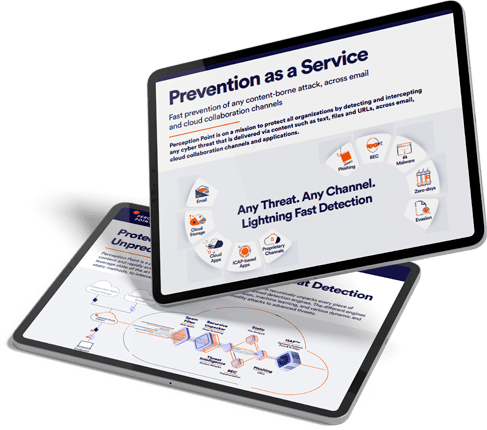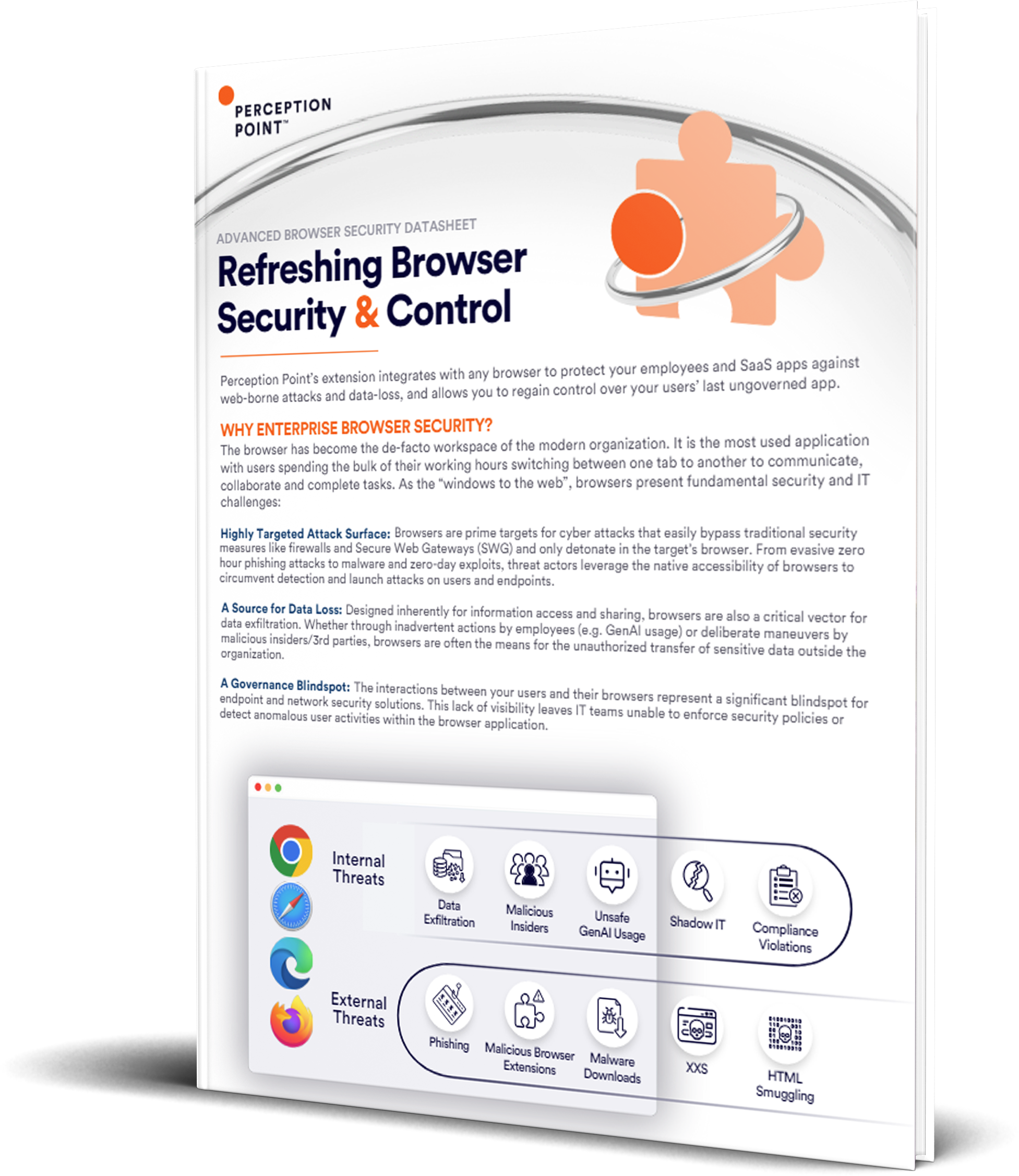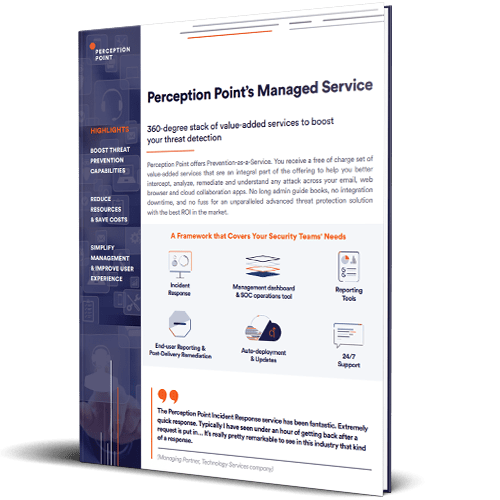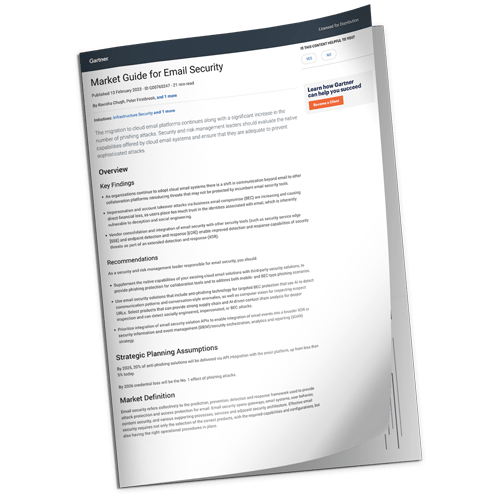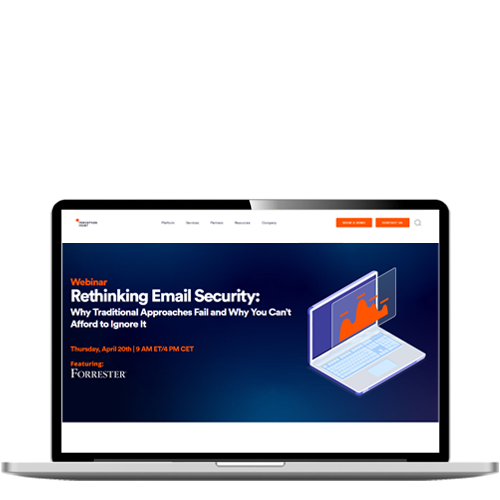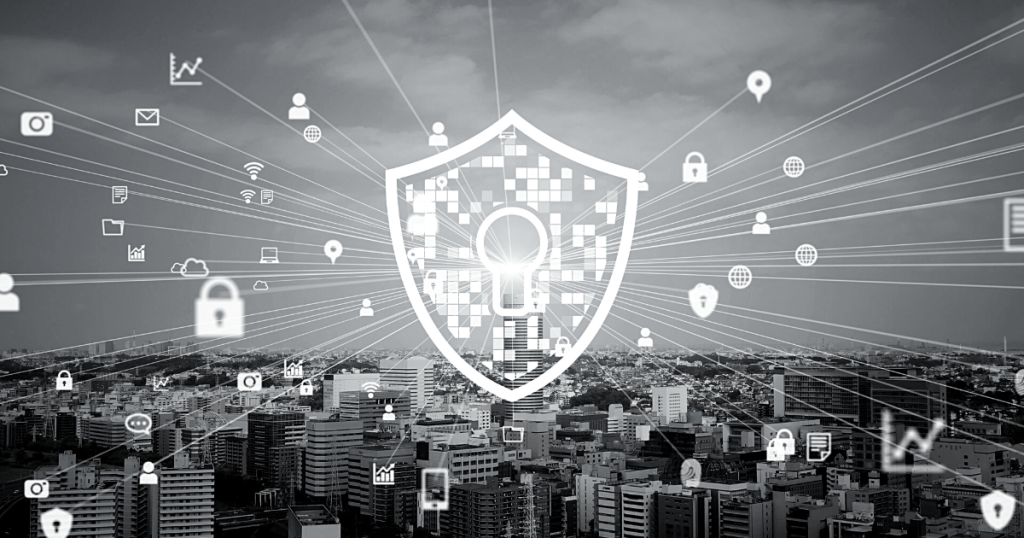What is Endpoint Detection and Response (EDR)?
EDR solutions are endpoint security tools designed to proactively detect potential attacks on endpoints. An endpoint can be a desktop, a laptop, a mobile, or any devices connected to the network. EDR technology helps you gain visibility into endpoint activity. This level of visibility can help you analyze threats, and respond to breaches, which will inevitably happen.
EDR tools continuously monitor endpoints and can quickly respond to cyber threats. Ideally, an EDR solution should provide capabilities for data exploration, threat hunting, detection of suspicious activity, forensic investigation tools like searching incident data, alerts prioritization, and response features that help stop attacks.
To increase coverage, you can combine EDR with an Endpoint Protection Platform (EPP) solution, which is designed to block malware and prevent other malicious activity on the endpoint. EPP technology is preventative in nature while EDR technology is proactive. Together, EDR and EPP can help protect and respond to endpoint threats on the network and on endpoint devices.
In this article
Why is EDR Security Important?
Continuous visibility across endpoints—EDR solutions continuously monitor and hunt for threats. You can use this information to block threats and analyze past and ongoing attacks. You can automate many processes and keep your team productive while maintaining visibility at all times.
An EDR solution keeps track of all endpoints connected to the corporate network, proactively looks for threats, and initiates responses. Here are several benefits of using EDR technology:
- Detection of unknown threats—traditional antivirus and firewalls are designed to detect known threats, usually using signature-based detection. An EDR solution can actively look for unknown threats and help you block and stop advanced attacks. Typically this is achieved through the use of behavior analysis capabilities powered by artificial intelligence (AI).
- Fast incident response—once the EDR solution detects a security event, it starts containing the threat. The solution isolates any affected endpoints, quickly responding to the event. Meanwhile, the security admin or team receives notifications and can respond quickly. The initial automated response is critical to prevent an event from escalating.
- Efficient cyber forensics—EDR tools provide forensic capabilities, including visualizations. The solution continuously collects data and generates reports—of each step in the killer chain.

Tal ZamirCTO, Perception Point
Tal Zamir is a 20-year software industry leader with a track record of solving urgent business challenges by reimagining how technology works.
TIPS FROM THE EXPERTS
- Leverage behavioral biometrics for advanced threat detection
Integrate behavioral biometrics into your EDR system to monitor how users interact with endpoints. This approach can detect anomalies that suggest compromised credentials or insider threats, even if the malicious actor bypasses traditional detection methods. - Conduct red team exercises
Regularly schedule red team exercises to simulate advanced persistent threat (APT) attacks. These simulations will help you assess the effectiveness of your EDR solution and identify gaps in your detection and response processes. Adjust your EDR configurations based on the outcomes of these tests. - Implement machine learning models for insider threat detection
Beyond standard behavioral analysis, employ machine learning models trained on your organization’s specific data to identify potential insider threats. These models can detect subtle deviations in user behavior over time that might indicate malicious intent, even before an attack occurs. - Automate remediation actions for common threats
Configure your EDR system to automatically execute predefined remediation actions for well-known threats or attack vectors. For instance, automate the isolation of an endpoint if ransomware behavior is detected. This reduces response time and limits potential damage.
How EDR Works
To achieve real-time visibility and initiate proactive detection and response, EDR security solutions use several mechanisms, including:
- Collection of data—generated at the endpoint level, including communications, process execution, and user logins.
- Recording data—including real-time data logs containing information about security incidents.
- A detection engine—that performs behavioral analysis. These insights are used to establish a baseline of normal activity and identify anomalies that represent malicious behavior.
The above three tasks are performed on a continuous basis to ensure real-time visibility and response. When threats are detected, the EDR solution performs automated responses while alerting relevant stakeholders.
What to Look for in an EDR Solution
Here are several important capabilities to look for in an EDR solution:
- Incident triaging flow—an EDR solution can help prevent alert fatigue, by automatically triaging suspicious events. This helps security teams prioritize their investigations.
- Threat hunting—can help proactively search for threats and potential intrusions.
- Data aggregation and enrichment—is needed to provide context, and context helps EDR solutions and security teams differentiate between false positives and real threats.
- Integrated response—enables teams to quickly review evidence and immediately respond to security events.
- Multiple response options—enable teams and technologies to appropriately respond to an event. For example, responses should include capabilities for eradication and quarantine.
Endpoint Detection and Response Best Practices
Here are several best practices to consider when implementing EDR in your organization.
Integrate with Other Tools
EDR solutions are designed to protect endpoints—this does not provide complete security coverage for all digital assets in your organization. EDR should work as a component in your information security strategy, combined alongside other tools such as patch management, antivirus, firewalls, encryption, and DNS protection.
Ideally, an EDR solution should integrate with your existing Security Information and Event Management (SIEM) solution. A SIEM monitors and provides alerts when network-wide issues are detected. You can use SIEM to centralize various security processes and the collection of logs. Centralization can help you quickly respond to events and analyze data.
Use Network Segmentation
While some EDR solutions isolate endpoints when responding to threats, they do not replace network segmentation. Here are some examples:
- A segmented network—lets you restrict endpoints to specific services and data repositories. This can significantly reduce data loss risks and the level of damage a successful attack might accomplish.
- Ethernet Switch Paths (ESPs)—can help you further protect the network. ESPs let you hide the structure of the network, ensuring attackers cannot easily move between segments of the network.
Choosing a Vendor Based on Your Organization’s Specific Requirements
The features and cost of an EDR solution can vary between vendors. Before choosing an EDR tool, make the time to research multiple vendors and find the one that suits the needs of your organization.
Here are some questions to consider:
- Can you integrate the EDR solution with your existing operating systems (OS) and applications?
- Does the solution offer integration with third-party security tools?
Integration is critical to ensure your security strategy works smoothly. However, there are many other considerations. Model your question according to your existing circumstances and requirements, and choose the appropriate tool.
Be Aware that EDR Solutions Require Human Talent
EDR solutions, when deployed across large networks covering many endpoints, can generate thousands or even tens of thousands of alerts on a daily basis. To effectively respond to alerts, you need to set up a prioritization strategy that reduces the amount of false positives and ensures your team remains productive.
There are many systems that can reduce false positives, but you also need security analysts that can analyze the data generated by the system. You can hire your own in-house staff or hire external service providers.
Protect Your Endpoints with Perception Point Advanced Browser Security
Perception Point Advanced Browser Security adds enterprise-grade security to standard browsers like Chrome, Edge, and Safari. The solution fuses advanced threat detection with browser-level governance and DLP controls providing organizations of all sizes with unprecedented ability to detect, prevent and remediate web threats including sophisticated phishing attacks, ransomware, exploits, Zero-Days, and more.
By transforming the organizational browser into a protected work environment, the access to sensitive corporate infrastructure and SaaS applications is secure from data loss and insider threats. The solution is seamlessly deployed on the endpoints via a browser extension and is managed centrally from a cloud-based console. There is no need to tunnel/proxy traffic through Perception Point.
An all-included managed Incident Response service is available for all customers 24/7. Perception Point’s team of cybersecurity experts will manage incidents, provide analysis and reporting, and optimize detection on-the-fly. The service drastically minimizes the need for internal IT or SOC team resources, reducing the time required to react and mitigate web-borne attacks by up to 75%.
Customers deploying the solution will experience fewer breaches, while providing their users with a better experience as they have the freedom to browse the web, use SaaS applications that they require, and access privileged corporate data, confidently, securely, and without added latency.
Contact us for a demo of our Advanced Browser Security solution, today.
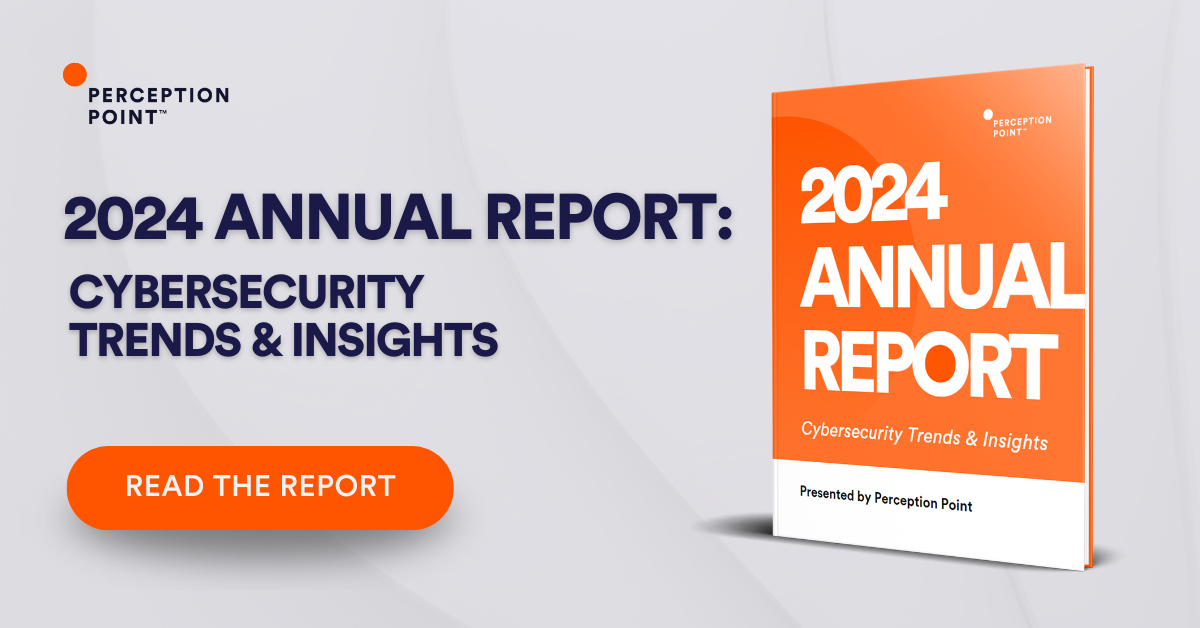
EDR solutions are endpoint security tools designed to proactively detect potential attacks on endpoints. An endpoint can be a desktop, a laptop, a mobile, or any devices connected to the network. EDR technology helps you gain visibility into endpoint activity. This level of visibility can help you analyze threats, and respond to breaches, which will inevitably happen.
An EDR solution keeps track of all endpoints connected to the corporate network, proactively looks for threats, and initiates responses. Here are several benefits of using EDR technology:
– Detection of unknown threats—traditional antivirus and firewalls are designed to detect known threats, usually using signature-based detection. An EDR solution can actively look for unknown threats and help you block and stop advanced attacks. Typically this is achieved through the use of behavior analysis capabilities powered by artificial intelligence (AI).
– Fast incident response—once the EDR solution detects a security event, it starts containing the threat. The solution isolates any affected endpoints, quickly responding to the event. Meanwhile, the security admin or team receives notifications and can respond quickly. The initial automated response is critical to prevent an event from escalating.
– Efficient cyber forensics—EDR tools provide forensic capabilities, including visualizations. The solution continuously collects data and generates reports—of each step in the killer chain.
To achieve real-time visibility and initiate proactive detection and response, EDR security solutions use several mechanisms, including:
– Collection of data—generated at the endpoint level, including communications, process execution, and user logins.
– Recording data—including real-time data logs containing information about security incidents.
– A detection engine—that performs behavioral analysis. These insights are used to establish a baseline of normal activity and identify anomalies that represent malicious behavior.
Here are several important capabilities to look for in an EDR solution:
– Incident triaging flow—an EDR solution can help prevent alert fatigue, by automatically triaging suspicious events. This helps security teams prioritize their investigations.
– Threat hunting—can help proactively search for threats and potential intrusions.
– Data aggregation and enrichment—is needed to provide context, and context helps EDR solutions and security teams differentiate between false positives and real threats.
– Integrated response—enables teams to quickly review evidence and immediately respond to security events.
– Multiple response options—enable teams and technologies to appropriately respond to an event. For example, responses should include capabilities for eradication and quarantine.
Here are several best practices to consider when implementing EDR in your organization.
– Integrate with Other Tools
– Use Network Segmentation
– Choosing a Vendor Based on Your Organization’s Specific Requirements
– Be Aware that EDR Solutions Require Human Talent


